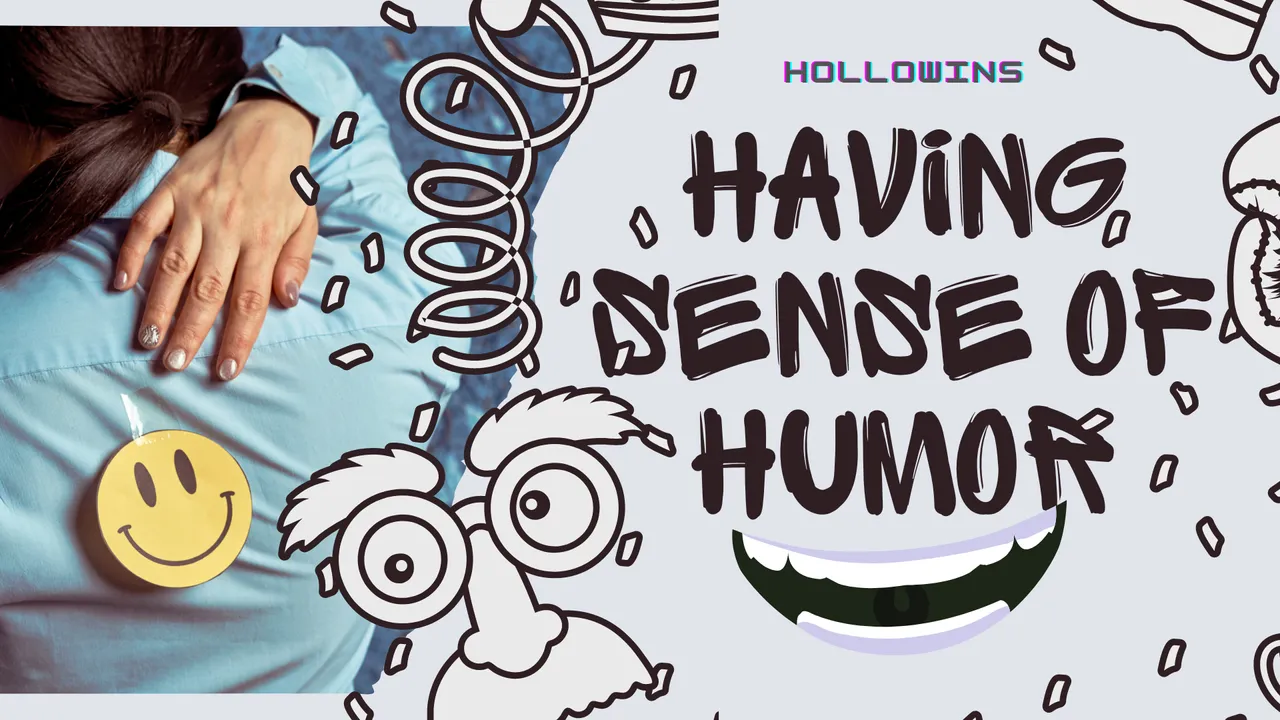Introduction
today we're going to talk about something very serious and that is having a sense of humor. When you do this work, believe me it is essential that you bring a sense of lightness and play to it because otherwise particularly when we're dealing with sentimental objects and things that we've had for some time, it's so easy to get lost in the feelings, to get lost in the story to get lost, in the weight the gravitas of the object and all of the background surrounding the object.
So, everything and anything that we can do to create some space for ourselves and a little bit of objectivity and distance and start to develop or foster a sense of playfulness and curiosity. As we're making the decisions about should this stay should it go and if it stays where does it stay ? how do we use it ? where do we put it ?.
How To Do Humors Correctly
When you are approaching this work, whether you're a newbie to it, you've been doing it for some time. Monitor yourself, pay attention to yourself without being weird about it to see is there a way that i can soften my approach ?, is there a way for me to introduce some levity ? can i find some humor in observing my mindset ? and perhaps where story is making my choices for me historically.
Now that i'm bringing some awareness to it, i can make different choices. It becomes a a practice of itself if you will where you get to examine how you move through time and space and whether you can be light-hearted and playful, or if it needs to you can even see as i'm doing this ,or if you're listening as i'm saying this right that sense of getting crowded in with the heaviness.
Weighed down with the heaviness or if there's a way to open up and lighten yourself. So, that as you're approaching this. It doesn't feel you're not bringing extra to it. The work itself is as demanding of your attention, your emotions, and your psychology as it is.
There's enough that the process of decluttering, evokes, or engages. We don't need to bring
extra into the room. If you brought extra clutter into the room which in essence you are it's just emotional or psychological or spiritual clutter that you're having to sift through.
In addition to dealing with the physical clutter, let's just meet the physical clutter where it is and let's not bring anything else.
That we have to then peel away to be able to be more effective so that is my invitation to you.
Look at if you find yourself with your face getting pinched and it's difficult and it's loaded with lots of things that have nothing to do with the object itself.
let's see what we can do to release that so we can just meet the objects where they are make a a relatively objective decision about does it stay ?, does it go? and if it stays, where it stays and if it goes where can we pass it on ?
Conclusion
So, its life cycle continues away from us hopefully not in landfill again, unless it is literally garbage. But how do we pass it along again with some generosity and an open heart rather than feeling like something is being rested away from us or we're having to give something
away or get rid of something. It never needs that level of violence attached to it.
it's much more a gentle. Opening your hand and allowing something to fall out of it and the more you can find joy in that, you can find playfulness and some humor the easier this work will be and the greater your momentum will be.
